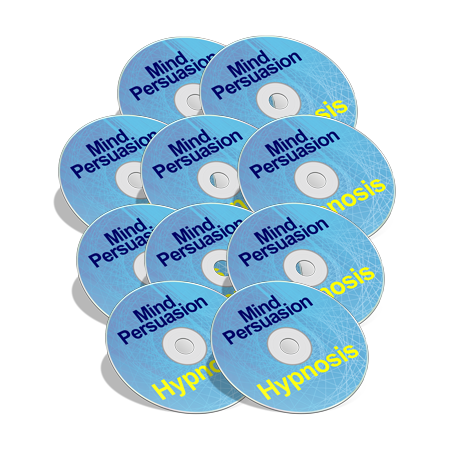Which Do You Choose?
Which would you rather have, a big juicy hamburger, or a cracker with some peanut butter slapped on top? How about a nice two-week relaxing vacation on the beaches of Hawaii versus a free coupon worth on rental from your local video store? Or how about a date with Megan Fox compared to that homeless woman you saw the other day?
These may seem like obviously easy choices. But what about these:
You are standing next to the train tracks. There is a split right where you are standing. There is a train coming. As it stands, the strain is going to veer left. You have access to a switch that can make the train veer right if you flip the switch.
You notice there is a stranded bus filled with school kids on the tracks to the left. If the train continues on its course, it will hit the bus and kill the kids. But to the right, there is one fat guy working on the tracks. If you throw the switch to change tracks, the train will avoid the kids, but it will kill he fat guy.
What do you do?
If you do nothing, a busload of kids will die. If you throw the switch, you will save the kids, but you will be directly responsible for killing some fat guy.
Or how about this:
There is a boatload of kids drifting down a river, about to plunge off a waterfall. You are standing on a bridge. There is the same fat guy walking across the bridge. If you run up and push the fat guy off the bridge, he will hit the boat and diverge it from the waterfall, and save the kids.
What do you do?
Many people polled in various studies would pull the switch in the first scenario, as they see it as an act of saving the kids. But few people would actually run up and push the fat guy off the bridge.
Why?
They (those they people again) did a study where they took some students and had them stick their hands in a bucket of water, and then guess the temperature. Then they had the same students stick their same hands in the same water, but at the same time, they had them stick their other hands in another bucket of water, that was either really hot or really cold. When the other bucket was really hot, they underestimated the temperature of the test bucket. When the water was really cold, they overestimated the temperature of the test bucket.
Or how about this. It is not uncommon for real estate agents to show a potential client a really crappy house in a really crappy neighborhood that is within their stated price range. Then they show them another much better house, in a much better neighborhood that is priced slightly higher than their stated price range.
They’ve found that this works really well to convince them to increase their price limits. By showing them the first house (which is owned and maintained by the real estate company) they effectively make the second house look like a bargain.
Restaurants have also found this trick works really well when selling wine. If they have a bottle (or several bottles) they are trying to unload at, say, fifty dollars a bottle, the wine won’t sell very well if it is the most expensive bottle they have. But they’ve found by adding another bottle, priced at seventy five to a hundred dollars, they increase sales of the fifty dollar bottle significantly. It looks better in comparison.
Our brains don’t’ like to choose in a vacuum. We need to have something to compare our choices to. If the choice is only to buy a bottle of wine or not, we usually will choose not. But if it’s an expensive bottle or a cheaper bottle, we’ll choose the cheaper bottle.
This is a known psychological trick that has been used in sales for many years. We like to feel like we have a choice, like we are smart enough to evaluate those choices and make the best decision that we can. But our short hand thinking process can easily be hijacked by marketers who want to sell us something that we really don’t need.
There is one simple rule to avoid being duped. Simply know going in, before being presented with choices, what is important to you, what price you are willing to spend, and what options you want. And compare everything you see only to your list of options and your acceptable price.
Of course, if you are a marketer, and you are trying to sell something, say online, it would help dramatically to include something similar that is priced significantly higher. That way people will think the real item you have for sale is a bargain and they will be much more likely to buy it.
For example, if you run a product review page, and you are selling item “X” for fifty bucks, try and find a similar item, with only slightly better features, for two hundred bucks. Item “X” will seem like steal in comparison.
Another trick that has been proven very useful in this regard is to include only a little bit of information about the first, more expensive item, and then very detailed information about item “X.” That way, item “X” will not only seem cheaper by comparison, but your potential buyers will feel much more informed, and feel they are making a wise buying decision.
Happy marketing, and don’t push any fat guys off any bridges.
